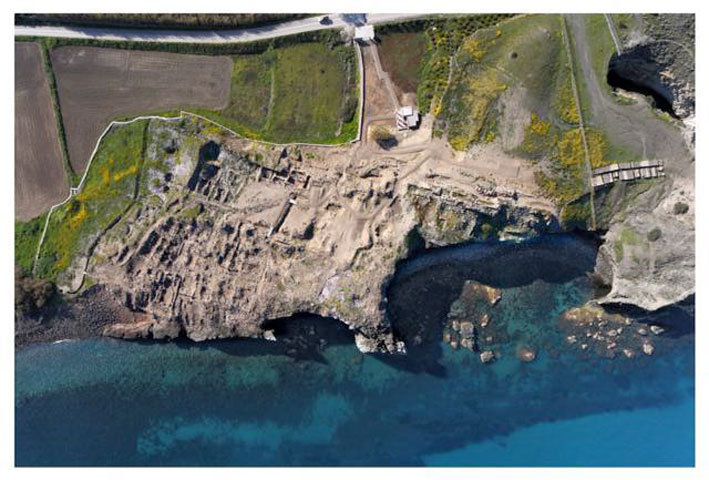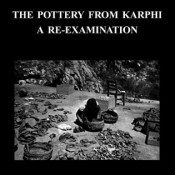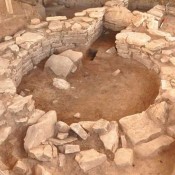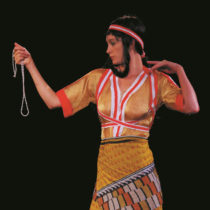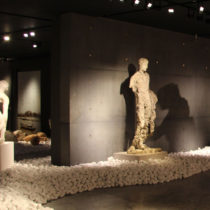Today, Dr Mariza Marthari Director Emerita of Antiquities will give a lecture on the Prehistoric Town of Phylakopi. The lecture is part of the Mycenaean Seminar.
Phylakopi is one of the most important harbor settlements in the prehistoric Aegean. The town is built on a low hill, on the north coast of Melos, which in prehistoric times was probably a promontory. Most of the site was excavated between1896-1899, by the British School at Athens. Additional excavations at the site were conducted by the School in 1911 and between1974-1977.
During the Early Cycladic I and II periods, Phylakopi was a small settlement. Occupation at the site was followed by three extensive phases, three towns, as they were called by the first excavators, which coincide chronologically with the end of the Early Bronze Age (Early Cycladic III), the Middle Bronze Age and Late Bronze Age, respectively. Colin Renfrew, the most recent excavator of the site, distinguishes two Late Cycladic phases: during the Phylakopi III phase, when the town was under Minoan influence, it was provided with a fortification wall, buildings decorated with wall paintings, and a mansion which contained a Linear A tablet. During the following Phylakopi IV phase, when the town was under Mycenaean dominion, the fortification wall was reinforced, a megaron was erected and the sanctuary with the impressive clay figurines was built.
Between 2003 and 2008, a project of presentation of the site was conducted by the Ephorate of Antiquities of the Cyclades, which included, apart from purely technical projects (fencing, infrastructure of the site), archaeological work, such as extensive, systematic cleaning programs and a few test trenches aiming at an improved understanding of the site.
Not only was the fortification wall systematically cleaned, but cleaning operations helped uncover a larger, hitherto unknown section of the outwork. A sloping road, built by the Germans during the Second World War, so as to fortify the Phylakopi hill, and passing over the fortification wall, was demolished. Other work at the site included the removal of the spoil heap left at the site by the excavators, after careful sieving of the earth. The removal of the spoil heap covering a large part of the fortification wall enabled the proper planning of the latter and a better understanding of an important fortification system of the prehistoric Aegean. The sanctuary, the megaron, the pillar crypt area and the roads joining them, were also cleaned systematically.
During the cleaning of the town was discovered a considerable number of finds. More specifically, during the sieving of the spoil heap were discovered seals, fragments of wall paintings, of clay figurines, stone anchors, stone vessels, and tools, as well as other metal, stone, and clay objects and large quantities of fragmentary pottery of all the occupation periods. These precious finds increase our knowledge as regards various aspects of the life of the town.
The Organising Committee of the Mycenaean Seminar: Nagia Polychronakou-Sgouritsa, Iphiyenia Tournavitou, Emilia Banou, Aphrodite Chasiakou
The 4th meeting of the Mycenaean Seminar will be at 18:00 at the Amphitheatre of the National Archaeological Museum (Tositsa 1, Athens).
